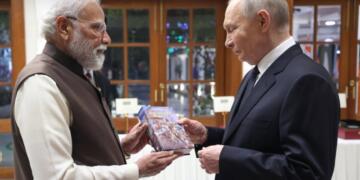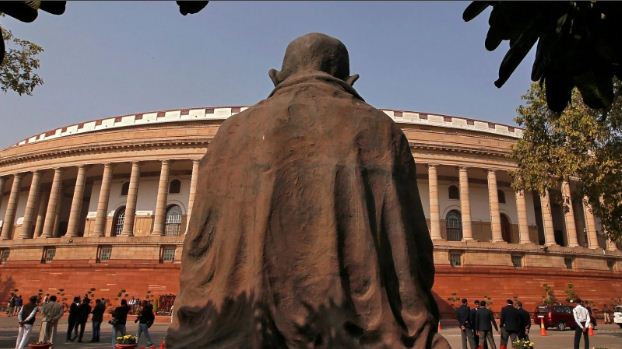Congress leader and spokesperson Manish Tewari on Sunday (July 25) took to Twitter to state that the central government was mulling to increase the strength of Lok Sabha (lower house of parliament) to 1000 or more by the 2024 elections or before. Tewari claimed he had reliable sources who informed him about the proposal.
Asking the government for consultation on the matter, Tewari tweeted, “I am reliably informed by Parliamentary colleagues in BJP that there is a proposal to increase the strength of Lok Sabha to 1000 or more before 2024. New Parliament Chamber being constructed as a 1000 seater. Before this is done there should be a serious public consultation,”
I am reliably informed by Parlimentary colleagues in @BJP4India that there is a proposal to increase strength of Lok Sabha to 1000 or more before 2024. New Parliament Chamber being constructed as a 1000 seater.
Before this is done there should be a serious public consultation.— Manish Tewari (@ManishTewari) July 25, 2021
“Job of an MP is to make laws for the country. The role was emasculated by the 10th schedule of the Indian Constitution. To take care of development imperatives we have 73rd 74th Constitutional Amendment topped by legislative assemblies. If the proposal to increase LS to 1000 is true, it will have implications,” he further added.
It is imperative to note that currently there is a freeze on the number of seats in the Lok Sabha. Up until 1976, after every Indian Census, the seats of Lok Sabha, Rajya Sabha and State legislative assemblies were re-distributed respectively throughout the country so as to have equal population representation from every seat.
However, after the Emergency and through the contentious 42nd amendment where several draconian amendments (Curtailed Judicial review, doing away with the quorum, restriction on media freedom etc.) were pushed, a freeze was put in place. Though the Janata government did away with most of the changes in the 42nd amendments by bringing the 43rd and 44th amendments, the freeze remained in place.
Even though the boundaries of the constituencies were altered in 2001 to equate population among the parliamentary and assembly seats, the number of Lok Sabha seats that each state has and those of legislative assemblies has remained unaltered since 1971 census and may only be changed after 2026 as the constitution was again amended (84th amendment to Indian Constitution) in 2002 to continue the freeze on the total number of seats in each state till 2026
While Congress leaders appear apprehensive of the move, departed former President and senior leader of Congress Pranab Mukherjee had lent his voice to a similar proposal. In 2019, Mukherjee had made a case for raising the number of Lok Sabha constituencies to 1,000 from the existing 543 and for a corresponding increase in the Rajya Sabha’s strength, arguing that India has a “disproportionately large size” of the electorate for elected representatives.
“The population since then has more than doubled, and there is a ‘strong case’ to remove the freeze in the delimitation exercise. It should be ideally increased to 1,000,” Pranab da had said.
The new parliament being built under the central Vista project could help the government increase the LS seats. The proposed new building will have a seating capacity for 888 members in the LS Chamber, with an option to increase it to 1,224 members during joint sessions. Similarly, the Rajya Sabha Chamber would have a seating capacity for 384 members.
India’s population has grown manifolds since 1971 and yet the burden is on 543 MPs to govern the wide terrain of the country. Increasing the strength of parliament would mean de-centralising the power as well and that too in an efficient manner.
This would be great for democracy because as of now there are densely populated districts like Patna having only 3 seats. That’s little representation for 60 lakh people (one MP per 20 lakh people). Compare the same with Meghalaya where 2 seats are divided amongst 26 lakh people, that’s one MP for nearly 13 lakh people.
As a general rule of law, for every population of 10 lakh voters there should be 1 MP. However, with the total voters nearing 90 crores, according to the Election Commission of India statistics, India is in dire need of new MPs with new demarcated territories.
The opposition fears that delimitation will grant more seats in the Northern belt of the country where the BJP is presumably strong. However, such an argument fails when one looks at the growing population, desperately seeking efficient representation. The delimitation exercise is still a few years away but the telltale signs are already there that opposition will create ruckus in its enactment.





























